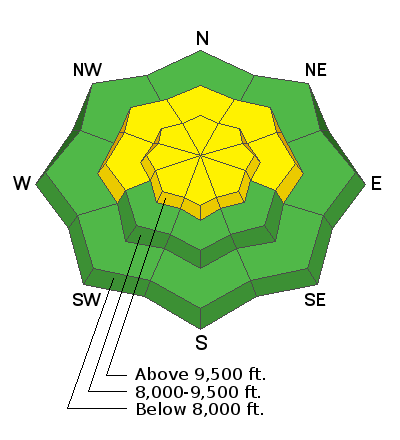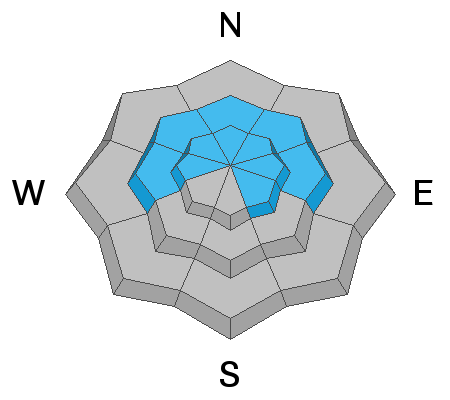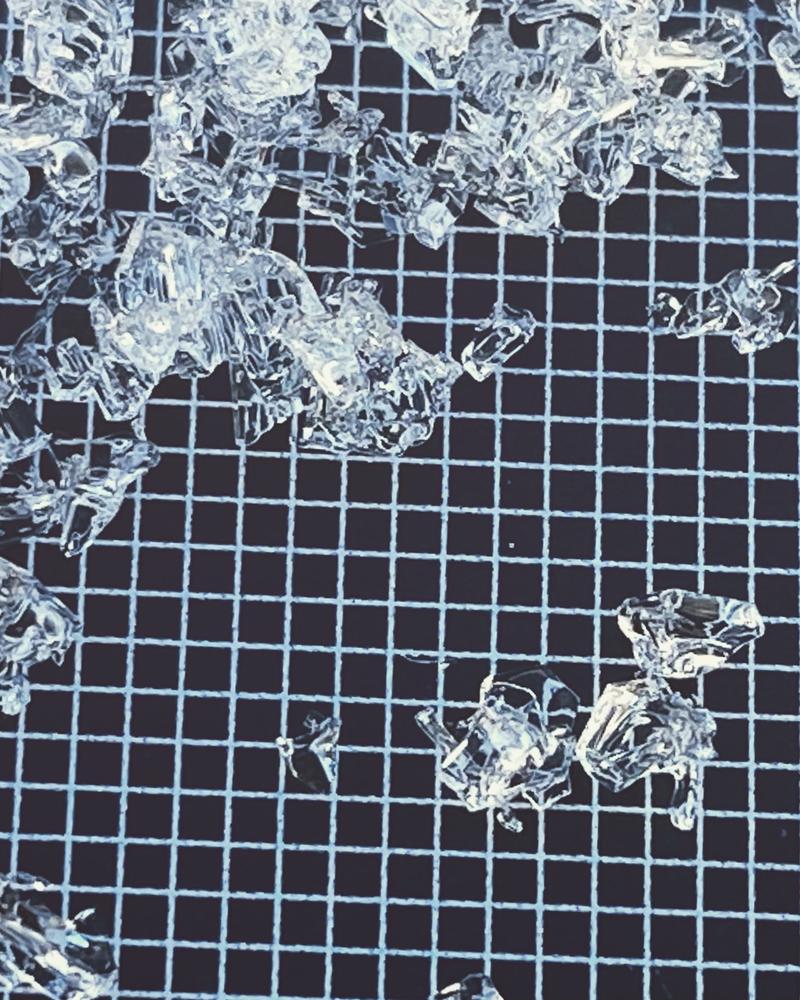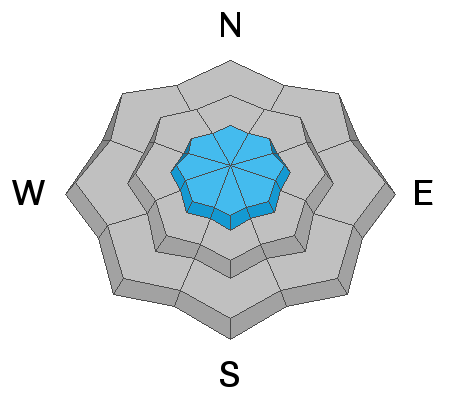Forecast for the Provo Area Mountains

Issued by Drew Hardesty on
Wednesday morning, January 20, 2021
Wednesday morning, January 20, 2021
Much of the Provo area mountains has a LOW avalanche danger. Areas of MODERATE danger, however, exist on some slopes at the mid and upper elevations. Human-triggered avalanches are possible, particularly where there has been recent wind loading.
Continue to practice safe travel habits: one at a time across the slope, get out of the way at the bottom, make a plan.

Low
Moderate
Considerable
High
Extreme
Learn how to read the forecast here









